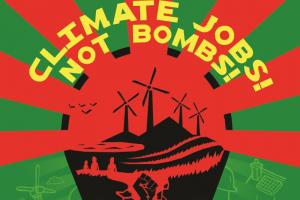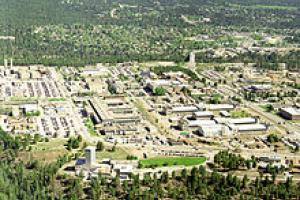Chief Environmental Justice Official at EPA Resigns, With Plea to Pruitt to Protect Vulnerable Communities
Inside Climate News
 Forty years ago, shop workers in Britain developed the Lucas Plan to save jobs by converting arms manufacturing to industrial production. The struggle for economic conversion, and against the deskilling of work through computer-controlled technology remains relevant today in the search for solutions to the environmental crisis and the employment crisis.
Forty years ago, shop workers in Britain developed the Lucas Plan to save jobs by converting arms manufacturing to industrial production. The struggle for economic conversion, and against the deskilling of work through computer-controlled technology remains relevant today in the search for solutions to the environmental crisis and the employment crisis.
 The United Nations Earth Summit in 1992 took place in Rio de Janeiro, Brazil, and was supposed to establish guidelines for sustainable development. At the Summit, then Cuban President Fidel Castro gave a speech (short), warning of the dire consequences of failing to reverse course. Castro long warned that capitalism was threatening to destroy human civilization through ecological destruction, with the poor of the global South its first victims. Speech reprinted below.
The United Nations Earth Summit in 1992 took place in Rio de Janeiro, Brazil, and was supposed to establish guidelines for sustainable development. At the Summit, then Cuban President Fidel Castro gave a speech (short), warning of the dire consequences of failing to reverse course. Castro long warned that capitalism was threatening to destroy human civilization through ecological destruction, with the poor of the global South its first victims. Speech reprinted below.
 Things will continue on in Los Alamos, no matter who is elected U.S. president in November. The political roots run deeper than the surface justifications of security or scientific advancement. And like the rest of the United States, the lasting effects Los Alamos has had on the planet will be felt for millennia to come, if humanity outlasts the product of its labor for at least 24,100 years—the half-life of plutonium-239.
Things will continue on in Los Alamos, no matter who is elected U.S. president in November. The political roots run deeper than the surface justifications of security or scientific advancement. And like the rest of the United States, the lasting effects Los Alamos has had on the planet will be felt for millennia to come, if humanity outlasts the product of its labor for at least 24,100 years—the half-life of plutonium-239.
Spread the word